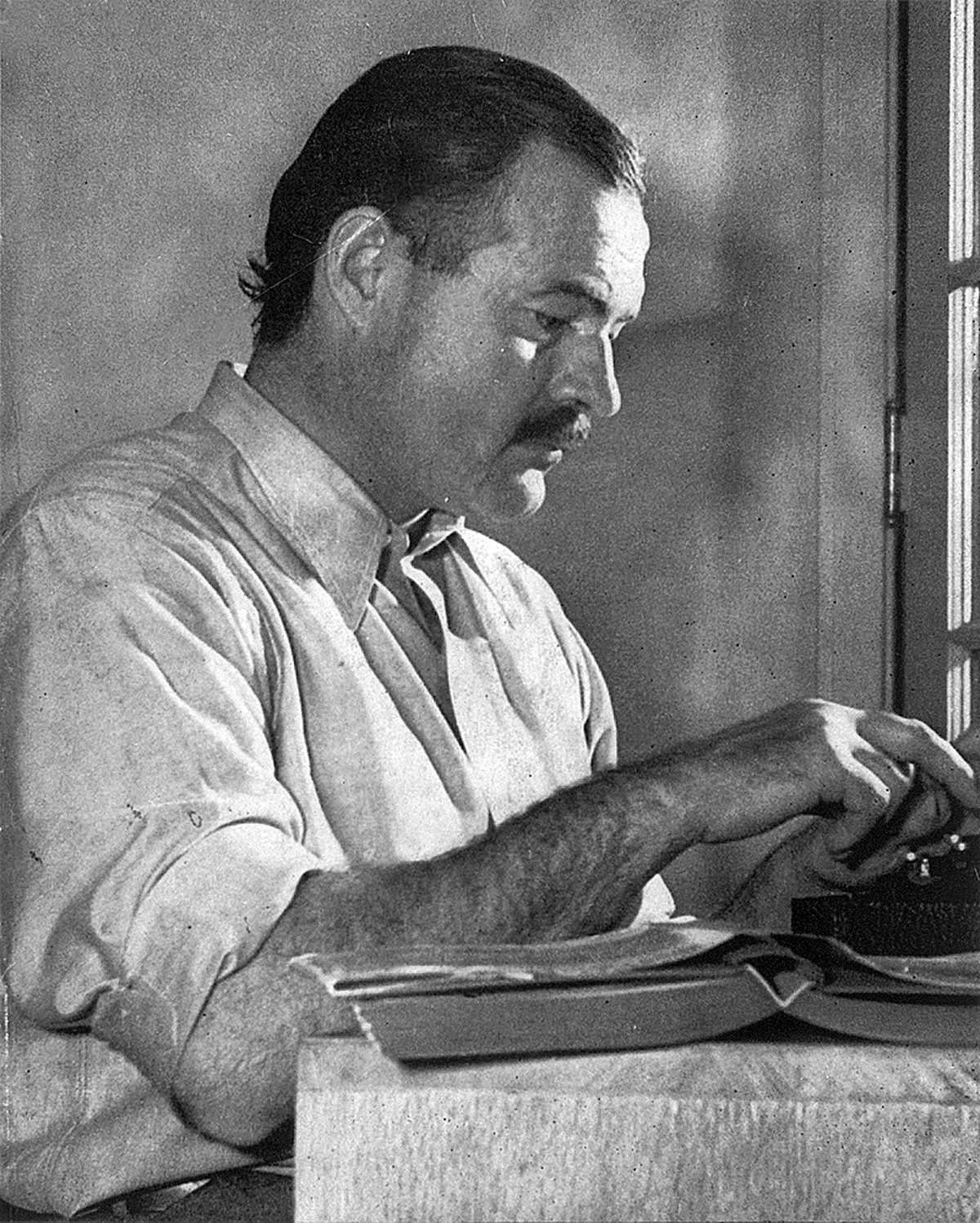
When did Jaguar win Le Mans? In 1956, the Jaguar D-Type won the race driven by Ron Flockhart and Ninian Sanderson. They defeated an Aston Martin DB3S driven Sterling Moss, Peter Collins, and a Ferrari 625 LM. But how did Jaguar win Le Mans. Here are some facts about this sport's past. The Jaguar won Le Mans four more times, the most notable being in 1956.
XJR-12LM is an updated version of the XJR-9, which was released in 1988.
The XJR-9, a sports prototype, debuted in 1988. It broke a seven year streak by Porsche and was the first Jaguar to win a 24-hour race since 1957. The powerful 7.0-liter V12 gave it incredible torque and flexibility. It also provided excellent acceleration. The following video will provide more information about the car. It was imported from YouTube. It might be available in other formats, or on Drivetribe's website.

It had a 7.0-liter, V12
A 7.0-liter, V12-powered engine was a step up from the 6.75L V10 used in most cars. This engine was revolutionary and Jaguar's XJR-9 was a car which redefined aerodynamics. Although it did not have the same straight line speed as the Porsche 911, the engine was still capable of winning.
Sir Stirling Moss was the driver.
This car was a hit because of many factors, including the fact that Sir Stirling Moss drove it. Moss was a legend in the motorsports industry, and his success in the 1950s led to a number of different models and variants of the Jaguar C-type, including a convertible. In addition to winning the Le Mans 24 Hours race, Moss also won a championship at the British Grand Prix.
It will work in wet conditions
Although the XK120 could endure Le Mans' wet conditions in long runs, it was not a worthy contender for a win. Heynes and William Lyons (head of Jaguar's sports division), discussed the matter and agreed that a dedicated sports-racing vehicle was required. Lyons was passionate about motorsport but was wary of adding unnecessary pressure to his already stretched company budget.
Chief Test Driver drove it
From 1952 to 1985, the car was driven by Norman Dewis (the legendary Chief Test Driver). His job title perfectly described his career. Dewis was a star driver and raced at Le Mans. He was also able to withstand high-speed crashes, and the demands of racing. Dewis was instrumental in the development of Jaguar cars.

Sponsored by SMITHS Gauges
Ecurie Ecosse, the national racing team of Scotland, will launch a LM-C automobile in 2021. This car is a tribute to the early successes of Jaguar C-Types during the 1950s. SMITHS gauges are included in the car. They are made at Caerbont Automotive Instruments (Abercrave), South Wales. Jaguar's relationship with British motorsports was honored with this car. The car will start with the Sting Ray as the first winner.
FAQ
Which country has more car races than any other?
USA - More than 100 countries host car races. USA has more than 300 car races per year.
Which car racing attracts the most spectators
The Indianapolis 500 Mile Race is a huge spectator event. Each year, over 400,000 people tune in.
It takes place on May 30th and 31st at the Indianapolis Motor Speedway.
What is the number of different types and styles of car racing?
There are two main types in car racing: open and closed-wheel. Open wheel races include IndyCar, NASCAR, Champ Car, Formula One, etc. Closed wheel racing includes Formula 3000, DTM, GP2, et al.
What makes a race car driver use these cars?
Modern-day race cars are usually powered by engines. These engines are identical to those that power passenger vehicles.
Instead of using petrol, they run on compressed oxygen.
Statistics
- Forget the 200-mph battles of the late 1980s; no one, not even McLaren itself, predicted the inimitable F1 would go as fast as it did. (motortrend.com)
- According to AutoSport, IndyCar's top speeds are 380km/h or 236 mph. (motorbiscuit.com)
- This change may give an improvement of up to 29% fuel efficiency. (en.wikipedia.org)
- In 2009, the slick tires returned as a part of revisions to the rules for the 2009 season; slicks have no grooves and give up to 18% more contact with the track. (en.wikipedia.org)
- In 2013 Ferrari had an estimated team budget of $470 million, while elite IndyCar teams have an estimated annual budget of $15 million, according to FormulaMoney. (businessinsider.com)
External Links
How To
How To Get Sponsors
A following is essential if you are to gain sponsors. Start by building relationships with people who are already involved in racing. They could help with sponsorship deals. Also, attend events such as autocrosses, drag races, and rallies. These types of events can boost your social media presence, and increase your chances for landing sponsorships.